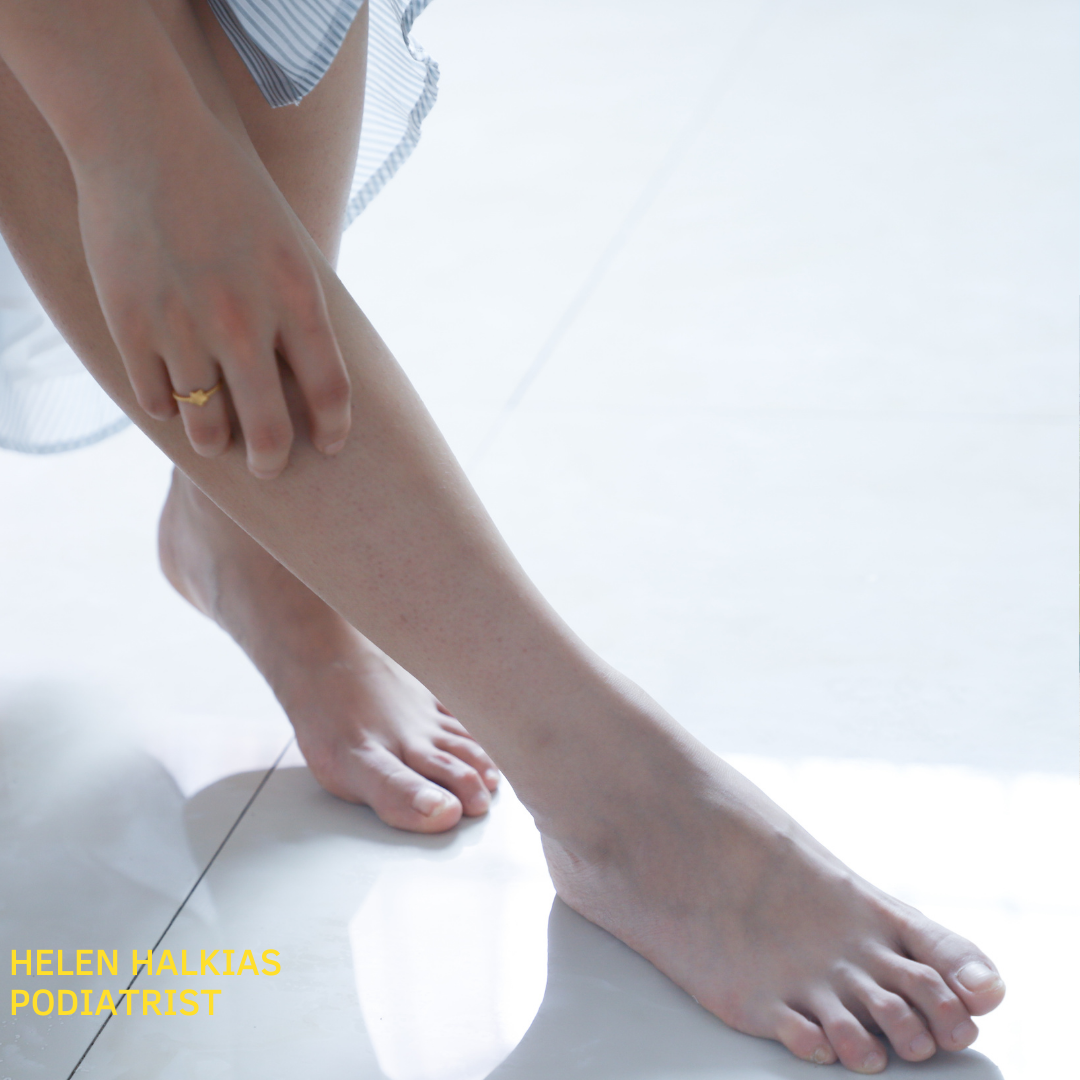A Clinical Case study
Patients Background and Medical history
- Male
- age 65 yrs
- Type 2 Diabetes
- Peripheral Neuropathy
- Charcot foot complications of the Left
- Ex-smoker
Definition: Charcot's foot is a rare but serious complication that affects the bones, joints, and soft tissues of the foot or ankle. The bones become weak and can break and the joints in the foot or ankle can dislocate.
The resulting shape of the foot is referred to as rocker-bottom foot, since the arch extends down and out, creating a rocker-like appearance.
Given that this patient suffers from Peripheral Neuropathy, there are no warning signs of pain or any sensation to alert him of any problems in the feet.
He must rely on visual clues of any potential problems.
On this occasion, the patient was alerted to a problem in his left foot when he notice fluid or discharge on the bathmat.
He went to his General Practitioner and a small wound on the bottom of his left foot was dressed and antibiotics were prescribed.
At this point, one might think that the action taken was sensible and adequate to prevent any further deterioration of his foot. I know the patient definitely thought that. In his words "I didn't think it was that bad".
Unfortunately, when he presented to my rooms 4 days later his left foot was severely infected. The foot was red and swollen and exudate was expelled from the wound.
He reported having felt unwell in the week before seeing his GP. He reported feeling "of his food" and just generally unwell.
I feared the condition had developed into Osteomyelitis (infection in a bone). Infections can reach a bone by traveling through the bloodstream or spreading from nearby tissue.
This can and does very often lead to amputation of the affected limb to save the patient's life.
I sent the patient for an X-ray of the foot. The results were "suspicious" of Osteomyelitis but unable to confirm. A further CT scan or MRI was recommended.
Given his complex medical history and high-risk status, I referred him to the Emergency Department of his local Hospital.
On admission, a CT scan also failed to confirm whether Osteomyelitis had set in.
24 Hours later an MRI revealed the good news that the infection had not reached the bone.
He was given 7 days of intravenous antibiotics and discharged with oral antibiotics.
Fortunately, this patient had a good outcome. However, if he had delayed seeing me even a day longer, I believe the outcome would have been very different.
Take-away messages are;
LOOK at your feet daily.
If you are a Diabetic seek regular Podiatry care.
And do not delay in getting medical treatment if you see blood or fluid coming from your feet.

